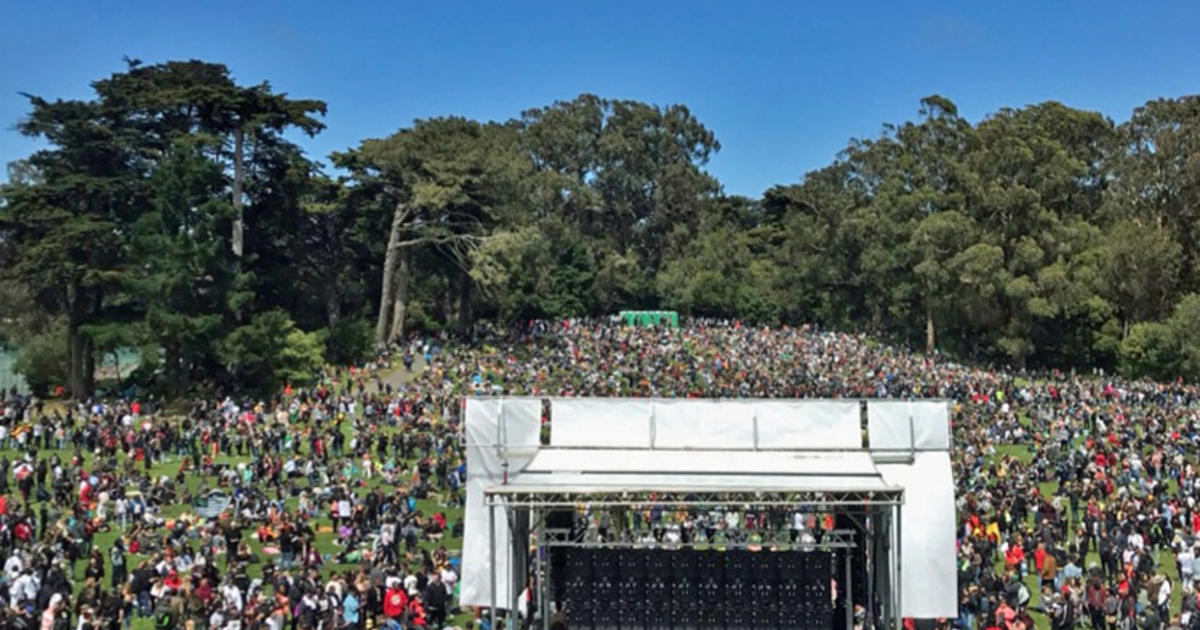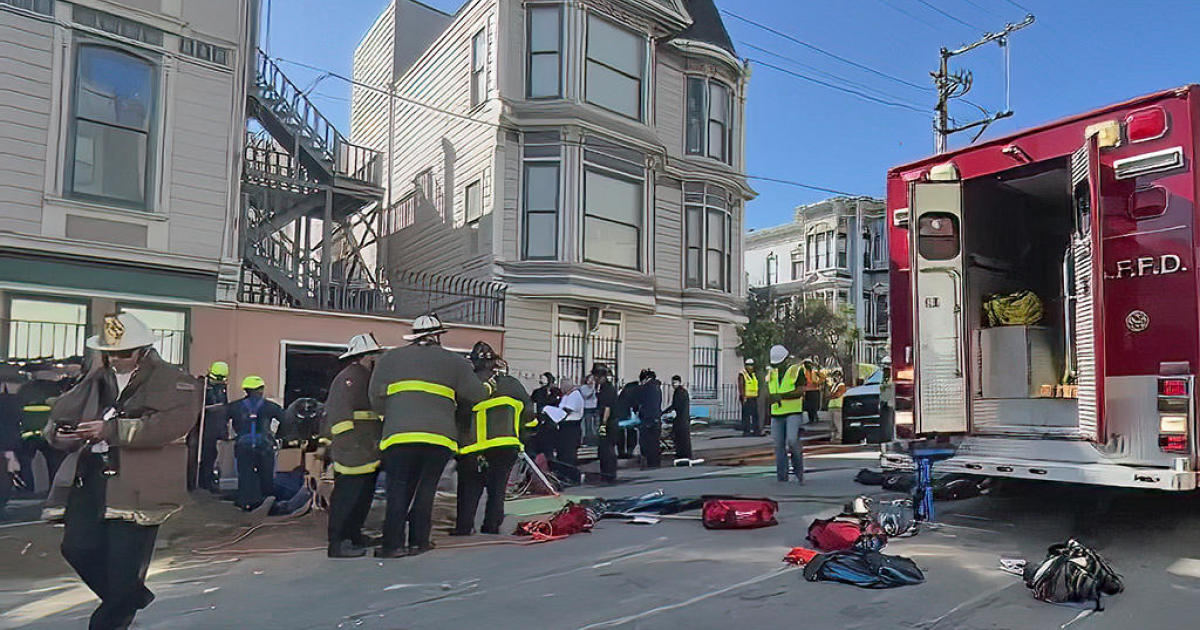Company Markets High-Tech Hovering 'Selfie Drone'
Selfie technology is reaching new heights with the latest gadget that is taking a quantum leap past the selfie stick in the quest for the perfect shot.
The Hover Camera Passport, a product of Beijing-based company Zero Zero Robotics, is an autonomous flying selfie camera. The drone's propellers are encased in a carbon-fiber cage.
The device has a downward facing camera and sonar that it uses to stabilize itself in winds up to 10 miles per hour.
Company spokesperson Francis Bea told KPIX 5 it is so safe and easy, your mom could use it.
"It's a very physical interaction," said Bea. "You can touch it and you don't have to worry about hurting yourself."
The Hover Passport has facial recognition software that tracks your face and follows you as you walk around. If you bend down, the camera tilts down too.
It makes even more dramatic moves if you try to walk away from the device.
"I can even turn around if I wanted to and it'll start tracking the back of my face and move in conjunction, which is pretty cool," explained Bea.
The device's tracking feature initially was able to keep up with a light jog, but then lost the signal, locked and stopped. But while there was some room for improvement as far as tracking, the hover camera had no problem tracking a walking subject.
It also has a feature that makes the drone orbit you for a cinematic panorama shot.
As for image quality, it has the look of what you'd expect from a decent cell phone camera. It can shoot 1080P video, but it goes up to 4K.
One thing prospective users should be aware of is the noise produced by the Hover Passport. The four loud high-speed propellers that keep the device aloft will turn some heads, so expect to get some attention when you fire it up.
"Realistically, it's physically impossible to create a very quiet drone," said Bea. "I think you'll find that a lot of drones out there on the market also have this noise."
Selfies and drones: two things many people love to hate, coming together in a totally different kind of technology.
"We're trying to build a future where robotics and humans can coincide," said Bea.



